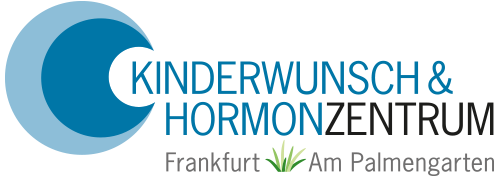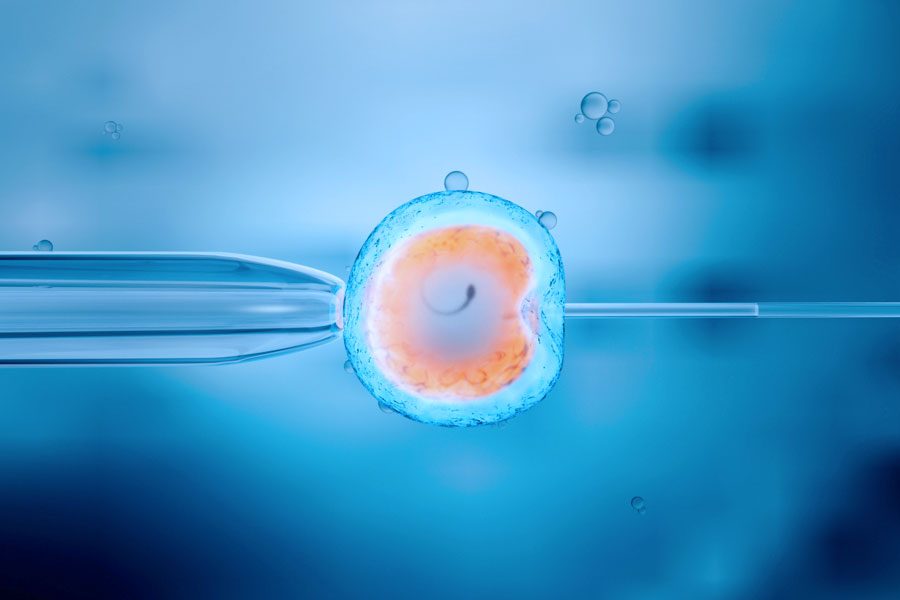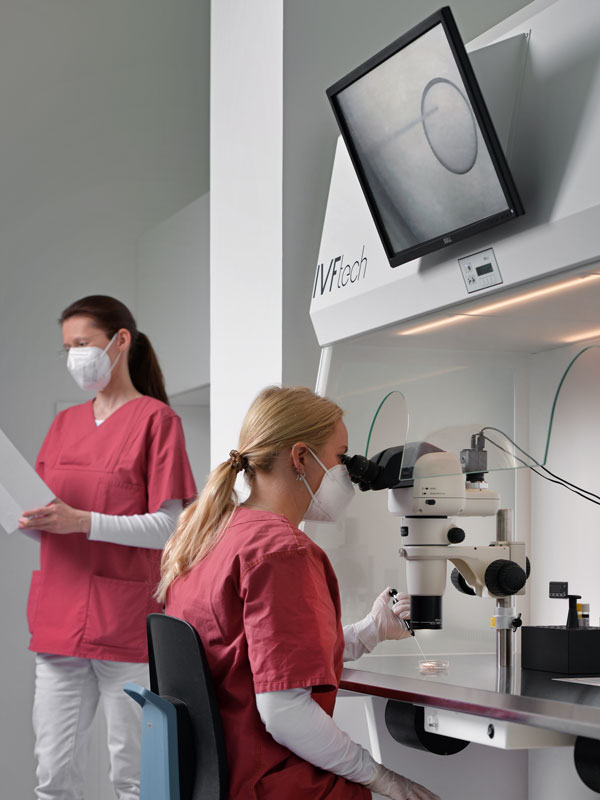
Logically, IUI can be combined with a low dosage hormonal stimulation of the ovaries, which significantly increases the chances of success. In addition, it is possible to double the chances of pregnancy in patients under 36 years old, as the uterine contractions and insemination can be optimally synchronised using a special technique.
The actual methods of artificial fertilisation, which takes place outside the woman’s body in our embryological laboratory, are “normal” in vitro fertilisation (IVF) and “advanced” in vitro fertilisation with a micro-injection of sperm into the egg cell (ICSI = intracytoplasmic sperm injection). The former is an option for women with blocked fallopian tubes or endometriosis, while the latter is useful in the case of a significant reduction in semen quality.




